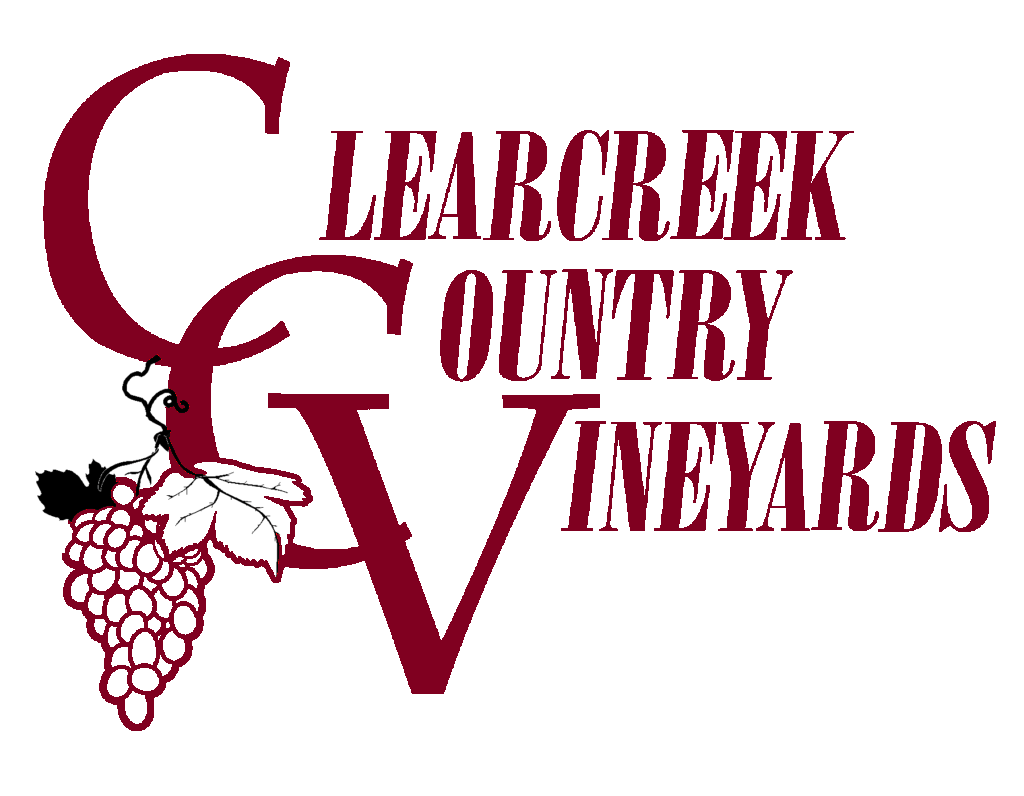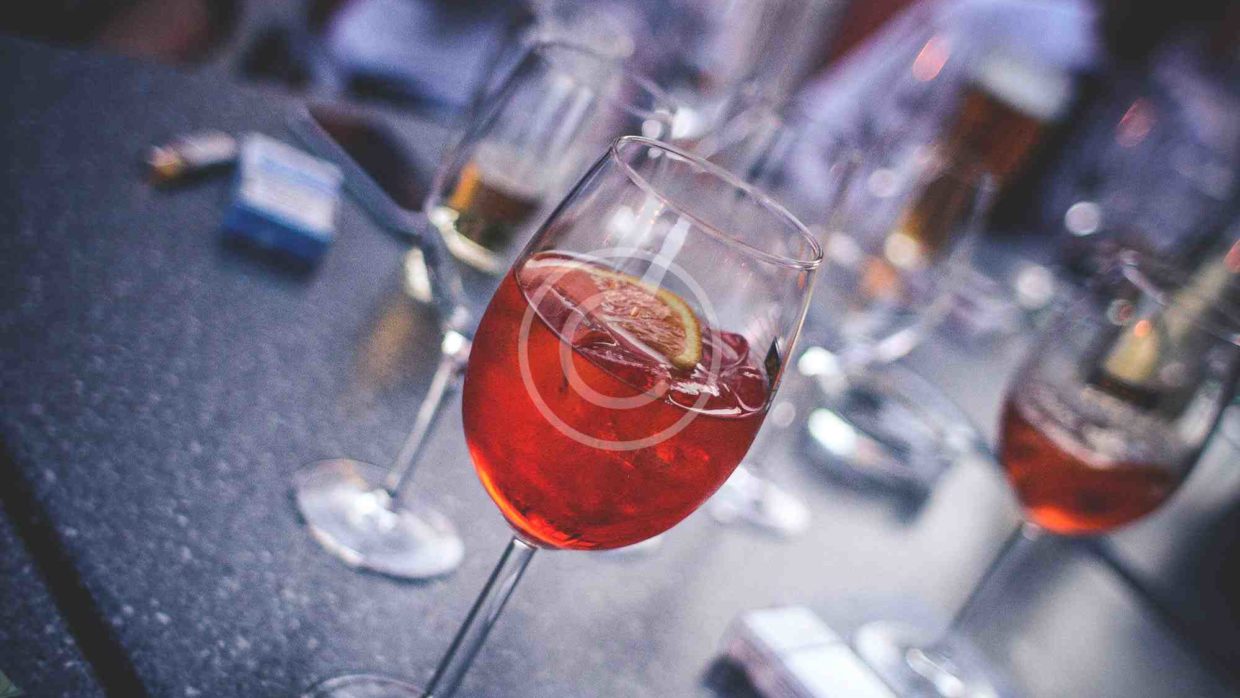Champagne corks built from several sections are referred to as agglomerated corks. Mushroom shape is a result of the bottom section, which is in contact with the wine, being composed of two stacked discs of cork, cemented to the upper portion which is a conglomerate of ground cork and glue. Prior to insertion, a champagne cork is almost 50% larger than the opening of the bottle. They start as a cylinder and are compressed prior to insertion into the bottle.
Pouring sparkling wine while tilting the glass at an angle and gently sliding in the liquid along the side will preserve the most bubbles, as opposed to pouring directly down to create a head of “mousse”, according to the study On the Losses of Dissolved CO2 during Champagne serving. Colder bottle temperatures also result in reduced loss of gas. The industry is also developing Champagne glasses designed specifically to reduce the amount of gas lost.
On 18 April 2007, the Journal of Agricultural and Food Chemistry published the results of a recent joint study by the University of Reading and University of Cagliari that showed moderate consumptions of Champagne may help the brain cope with the trauma of stroke, Alzheimer’s disease, and Parkinson’s disease. The research noted that the high amount of the antioxidant polyphenols in sparkling wine can help prevent deterioration of brain cells due to oxidative stress.



